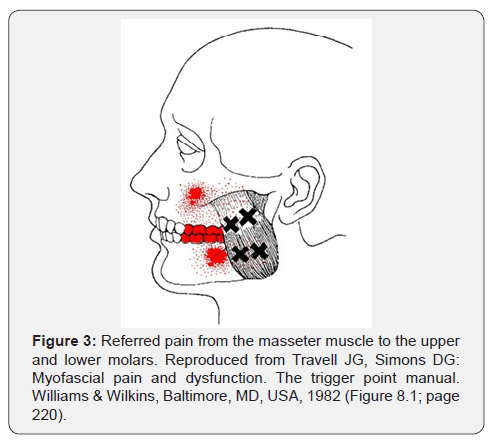


The spectral frequency-domain analyses of HRV indicated that a low frequency (LF) component of HRV was decreased, and a high frequency (HF) component of HRV was increased during MTrP compression, while LF/HF ratio was decreased during MTrP compression. The results indicated that MTrP compression significantly reduced subjective pain compared with Non-MTrP compression. During the experiment, prefrontal hemodynamic activity and autonomic activity based on heart rate variability (HRV) were monitored by using near infrared spectroscopy (NIRS) and electrocardiography (ECG), respectively.

Compression for 30 s was conducted 4 times. Twenty-one female subjects with chronic neck pain were randomly assigned to two groups: MTrP compression ( n = 11) or Non-MTrP compression ( n = 10). We conducted a pilot study to investigate the possible involvement of the prefrontal cortex in pain relief obtained by MTrP compression in the present study, and analyzed the relationships among prefrontal hemodynamic activity, activity of the autonomic nervous system, and subjective pain in patients with chronic neck pain, with and without MTrP compression. 2Department of Judo Neurophysiotherapy, Graduate School of Medicine and Pharmaceutical Sciences, University of Toyama, Toyama, JapanĬompression at myofascial trigger points (MTrPs), known as “ischemic compression,” has been reported to provide immediate relief of musculoskeletal pain and reduce the sympathetic activity that exacerbates chronic pain.1System Emotional Science, Graduate School of Medicine and Pharmaceutical Sciences, University of Toyama, Toyama, Japan.Yoshiki Morikawa 1 ‡, Kouich Takamoto 2 ‡, Hiroshi Nishimaru 1, Toru Taguchi 2, Susumu Urakawa 2 †, Shigekazu Sakai 2, Taketoshi Ono 2 and Hisao Nishijo 1 *


 0 kommentar(er)
0 kommentar(er)
